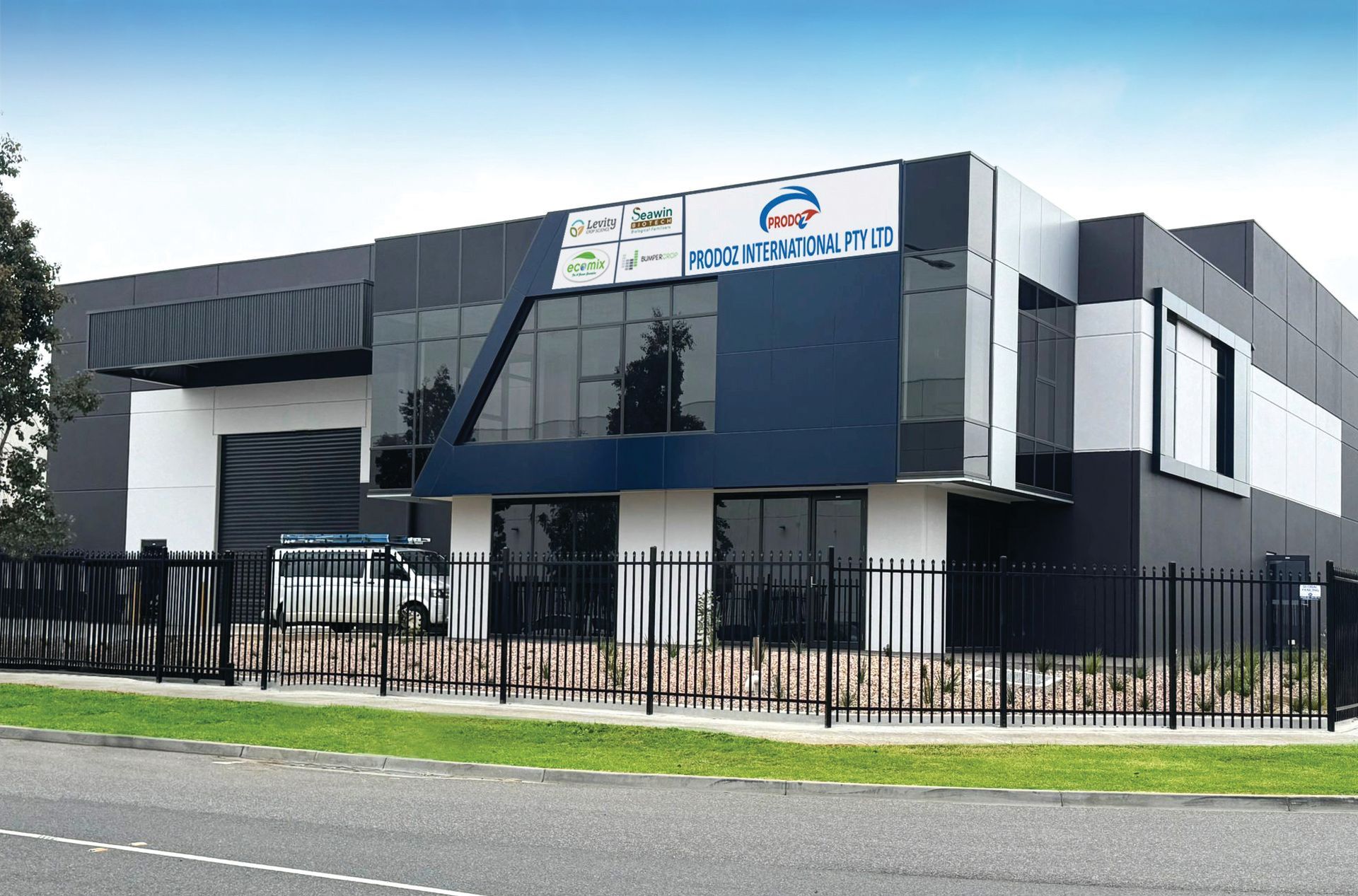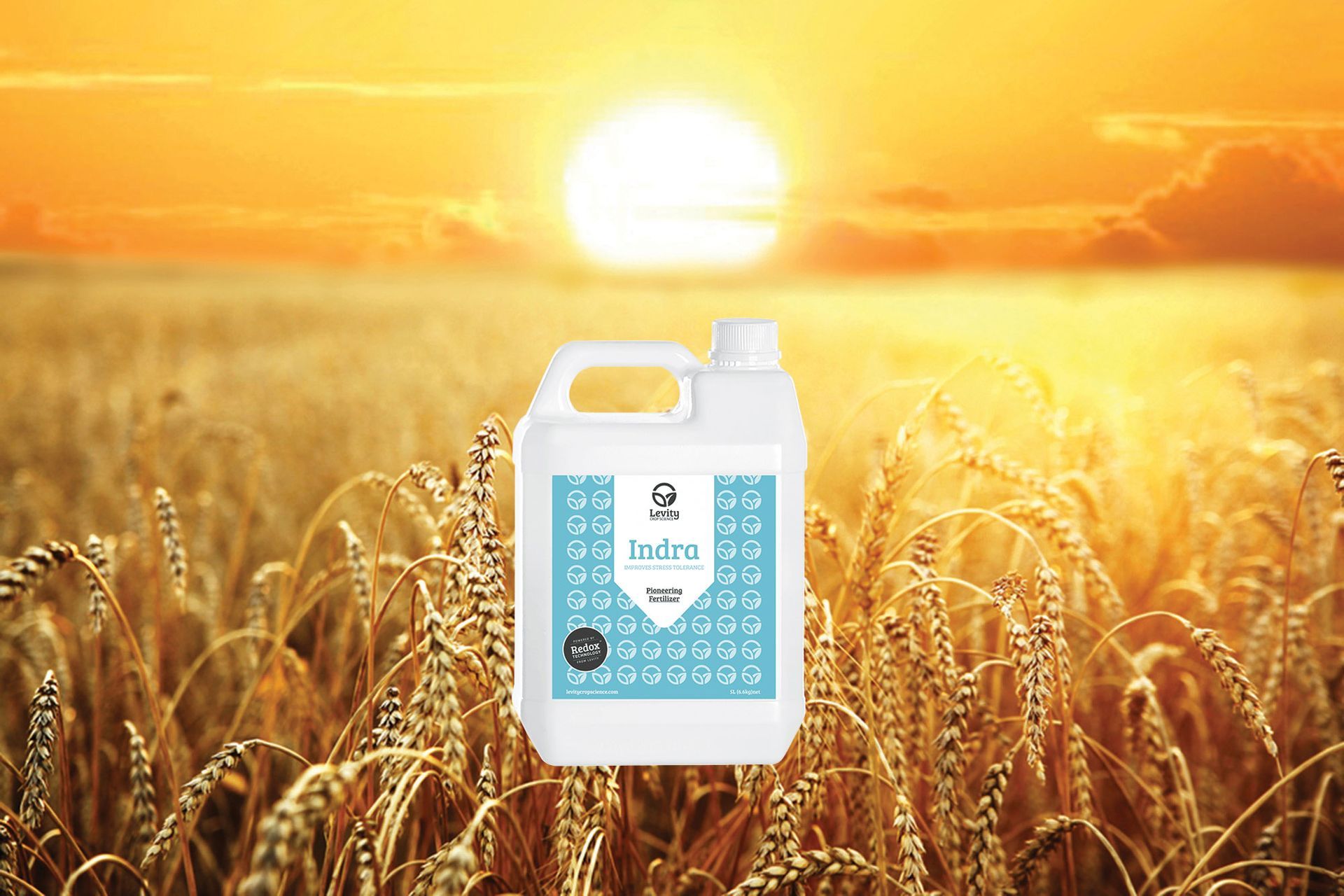1MG FlippingBooks
Report reveals inequality in health outcomes between remote and metropolitan areas
A new report by the Australian Institute of Health and Welfare (AIHW) reveals that although the overall health of the Australian population has improved substantially, those in remote and very remote communities are still disadvantaged when it comes to health outcomes.
The Australian Burden of Disease Study: Impact and causes of illness and death in Australia 2015 analyses the impact of over 200 diseases and injuries in relation to living with illness and premature death.
It shows that the Australian population has become healthier overall, experiencing an 11 percent reduction in total burden between 2003 and 2015. Further gains in health can be achieved by limiting exposure to lifestyle-related risk factors including tobacco use, obesity and dietary risk.
Nevertheless, disease burden is not shared equally across Australia with large inequalities across remoteness areas. Remote and very remote areas are significantly disadvantaged and experience burden 1.4 times higher than major cities. This is driven by noticeably higher burden rates for kidney and urinary diseases, injuries, infectious diseases, endocrine disorders and cardiovascular diseases.
In addition to this, the three leading causes of fatal burden – cancer, cardiovascular diseases and injuries – are respectively 1.2, 1.8 and 2.6 times higher in remote and very remote areas in comparison to major cities.
Health adjusted life expectancy is also 5.2 and 5.8 years shorter for males and females respectively than for those in major cities.
The difference in the disease burden rate is most pronounced in the Northern Territory where the burden rate is around 1.4 times higher than the national average.
The AIHW report identifies a number of factors that may explain this disparity, noting that those in more remote areas are often disadvantaged when it comes to educational and employment opportunities, income, and access to goods and services.
Health behaviours in remote areas also differ from that in major cities. For example, the proportion of people who go to hospital for conditions that are considered potentially preventable with timely and adequate non-hospital care is higher outside major cities.
Furthermore, providing health services in more remote areas is often more costly due to the limited availability of infrastructure and the workforce required to provide these services.
Research by the National Rural Health Alliance has found that there are 80 percent less specialists in remote Australia compared to major cities.
You can learn more about rural and remote health here.

















